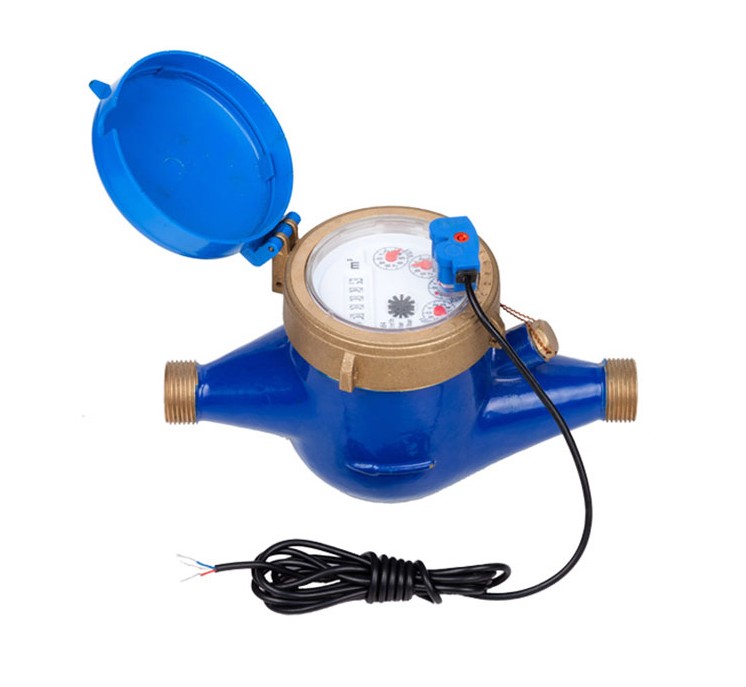ADD: No. 18, Weisan Road, Rongyu Village, Xinpu Town,Cixi City,China.
MOBILE: +86 135 6606 0510 (WhatsApp & Wechat )
TEL: +86 (0)574 6358 5625
FAX: +86 (0)574 6357 7818
MAIL: [email protected]
[email protected]
The integration of remote reading water meter has revol […]
The integration of remote reading water meter has revolutionized water management, notably enhancing precision and operational efficiency in metering processes. This progressive approach involves the utilization of automated systems to collect water consumption data from meters, eliminating the need for manual readings. Key elements in optimizing the benefits of this technology include the deployment of advanced metering infrastructure (AMI), regular maintenance, rigorous data validation protocols, seamless integration with Geographic Information Systems (GIS), and engaging customers in the process.
Implementation of Advanced Metering Infrastructure (AMI) is pivotal to successful remote water meter reading. Smart meters, equipped with advanced sensors and communication capabilities, are central to this infrastructure. These devices furnish real-time and highly accurate water consumption data, transmitted wirelessly to a central system for analysis and billing. The AMI facilitates streamlined data collection, significantly reducing the need for manual labor.
Regular maintenance and calibration procedures are critical to sustaining the accuracy and reliability of the system. Routine checks and calibrations guarantee the precise functioning of smart meters and enable the prompt identification and rectification of any deviations in readings. This proactive approach ensures the continued accuracy of the system and mitigates the risk of erroneous readings.
The incorporation of robust data validation and quality control processes ensures the integrity and accuracy of the collected water consumption data. Automated algorithms play a crucial role in identifying anomalies or errors, such as irregular consumption patterns or potential meter malfunctions. This validation process is essential in maintaining the overall accuracy and reliability of the system.
Integrating remote water metering systems with Geographic Information Systems (GIS) enriches the accuracy of the data by providing precise location information. This integration enables comprehensive analysis of consumption patterns based on geographic factors, empowering water management authorities to make informed decisions regarding resource allocation and infrastructure enhancements.
Real-time monitoring of water consumption patterns enables immediate detection of abnormal usage, potential leaks, or meter tampering. Automated alerts are configured to notify the relevant personnel promptly, facilitating rapid response and minimizing water wastage. This ensures precise billing and promotes efficient water resource management.
Engaging customers in the remote reading process is instrumental in enhancing its effectiveness. Providing customers access to their consumption data through user-friendly web portals or mobile applications empowers them to monitor their water usage. Educating customers on responsible water usage and leak detection encourages proactive conservation efforts.
Seamless integration with billing systems optimizes the billing process by directly incorporating remote reading data. Automated data transfer ensures timely and accurate billing, reducing administrative delays and enhancing the overall efficiency of the billing cycle.
Leveraging predictive analytics enables accurate forecasting of future water consumption. Utilizing historical data, weather patterns, and other relevant factors, water management authorities can proactively plan resource allocation and optimize the water distribution system.
Prioritizing data security involves utilizing encrypted communication protocols for data transmission and implementing secure storage methods for collected consumption data. Compliance with data privacy regulations ensures the confidentiality and integrity of the data.
Commitment to continuous improvement entails regular review and analysis of the remote reading system's performance. Identifying areas for enhancement and implementing optimizations are essential in ensuring the accuracy, efficiency, and cost-effectiveness of the system over time.
In conclusion, by implementing these strategies, water utilities can maximize the accuracy and efficiency of remote water meter reading, ultimately leading to improved resource management and enhanced service delivery to customers.
